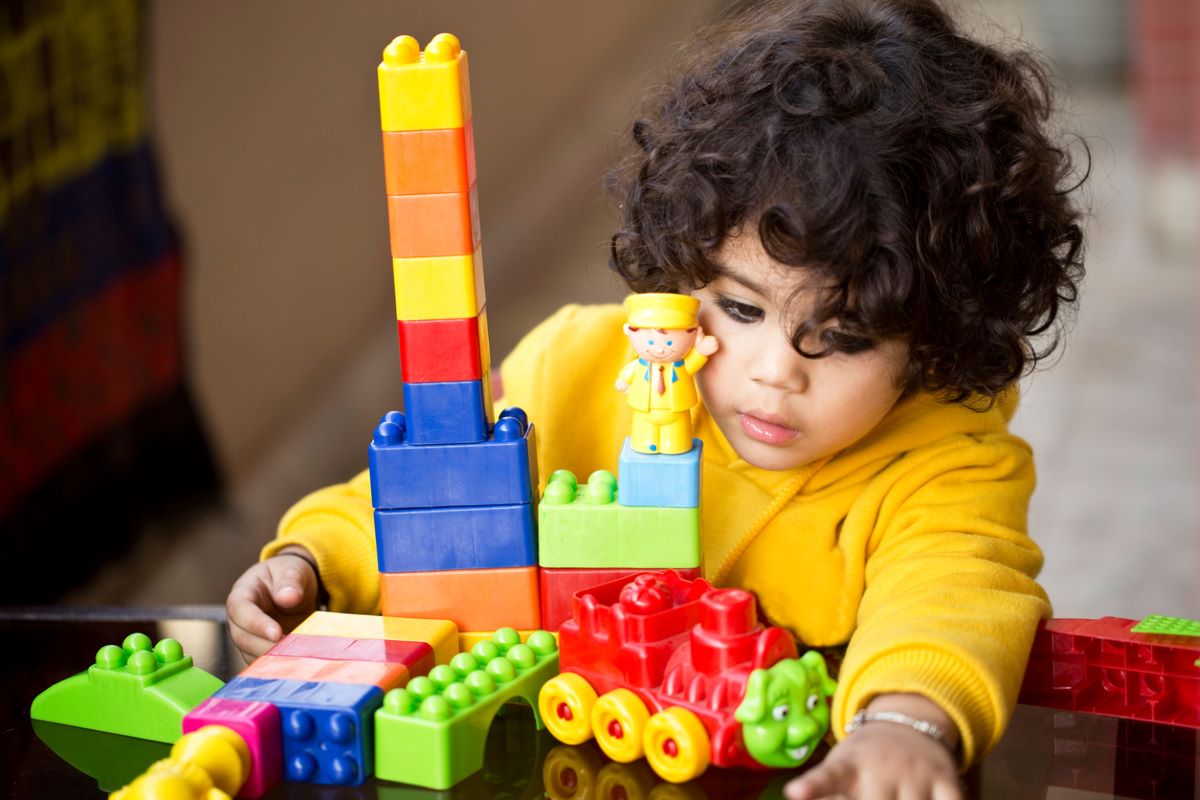Across the Western world, it is the holiday season and toy stores are stocked for a rush of early buying. Stores largely have the pink, artsy “girls’ toys” in one aisle and the blue, construction “boys’ toys” in the other. Indeed, as a recent article by early education researchers from universities in Delaware and Pennsylvania in the USA has brought out, gender-based toy marketing has become even more prominent since the 1980s. But there is a sliver of hope as progressive legislation in the US state of California is leading the way in a new direction, one which legislatures and policymakers across the world would do well to pay heed to.
The California law requires large stores in the state selling toys to include a “reasonable” selection of toys in a gender-neutral section. As with any new law that aims to correct rather than merely tinker with outdated and damaging socialcultural practices, the legislation has received its share of bouquets and brickbats. The law has been vocally supported by progressive consumer advocacy groups but detractors claim it constitutes government overreach.
Advertisement
Perhaps most importantly, write scholars Elana Herbst, Roberta M. Golinkoff and Kathy Hirsh-Pasek, the legislation has reignited a necessary conversation about the role of gendered toys in perpetuating stereotypes harmful to children and to society at large. California is the first American state to enact such regulation, but the idea is not new.
Popular toy retailers and manufacturers including Target, Hasbro, and LEGO have in recent years removed gender-based signs and wall colouring in their toy aisles and attempted to reduce bias in their products. These changes signal recognition that the toys children play with contribute to shaping their social and cognitive development.
While it is easy to dismiss such moves as ‘first world concerns’, the fact is that developing countries such as India where the government is doubling down on girls’ education need to incorporate these seemingly trivial but actually significant pedagogical tools into their empowerment architecture for the girl child. Providing girls equal access to platforms which help develop certain skill sets is vital.
The science is irrefutable: Children’s play provides a critical pathway for the development of crucial life skills. Toys are platforms for play and can be used to guide children toward some skill sets over others. Research has shown that parents routinely encourage their daughters to engage in activities that are performative, artistic, and domestic, while they encourage their sons to engage in activities that are related to STEM, like science and building.
The result is stereotypical boys’ toys that often involve construction and manipulation (blocks) and movement (cars and trucks). Children who play with such toys are more likely to develop stronger spatial abilities, which suggests that gender-typed play in early childhood may contribute to gender disparities.









